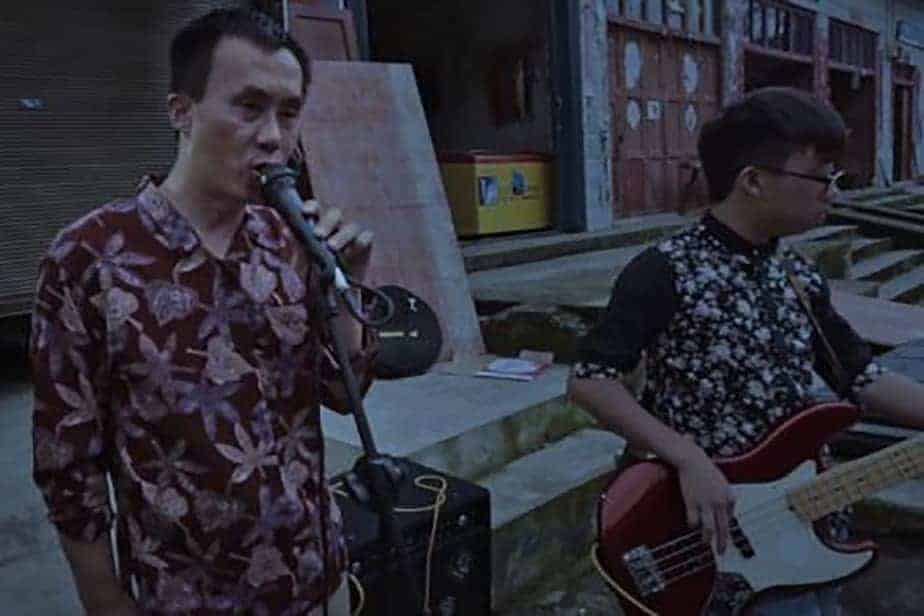With regard to the concept of movies as a way to approach and better understand a subject, we, as the audience, certainly see the world through a different lens (pun intended) after having followed the story or having been through the same journey as the characters. However, in many ways, the same principle should also be applied to the creator(s) of the feature, because while the idea for the story, the characters and the aesthetics may have laid the theoretical foundation for it, the filming process often brings new experiences and knowledge to the surface, at times to an extent which changes the feature as a whole. In his feature debut “The Boy With Moving Image” Indonesian director Roufy Nasution puts this idea at the center of the story revolving around a young director whose encounter with a woman changes his perspective on his craft and on life itself.

Even though he already has the idea for his new feature in his head, Vaiyang (Bryancini Galgala) has been unsuccessful to find the perfect spot for the story. One day, he comes across a house which would be suitable, and upon closer inspection, he is quite taken with the architecture, the light and many other features, and decides to rent the house from its current owner, a woman named Ning (Nithalie Louisza). However, instead of taking money from Vaiyang, she makes him a rather strange proposition: in order to gain access to the house for filming, he has to accompany her until the next day when she plans to die, following her family, who died in a plane crash a few months ago.
Understandably, Vaiyang is perplexed by Ning's proposition, but eventually agrees. He even decides to create a vlog, documenting his experience for online viewers, and asks Ning to explain to him her motivations for what he thinks will be a suicide attempt. Their conversations, which begin rather awkward with the two of them trying to get to know the other person a little better, eventually develop into something quite meaningful for both of them, changing them and creating a strong emotional bond between Vaiyang and Ning.
Similar to directors like Lav Diaz or Nuri Bilge Ceylan, director Roufy Nasution uses a “slow cinema”-approach in his feature debut. As we know from the works of the aforementioned directors, slow does not translate in a long running time, but rather using the time, the framing, the acting and the environment wisely, thus resulting in a more meaningful link between these aspects. Nasution and cinematographer Dimas Febriand tell their story through very long takes, with little to no camera movement focusing on the dialogues between the two characters which touches upon banal topics as well as philosophical themes. While it certainly takes some time for you to become involved in this aesthetic approach, as time goes by patience is being rewarded as the bond between the two characters becomes more meaningful and profound.
However, at its core, “The Boy With Moving Image” is a feature about the process of filmmaking, more precisely the kind of connection a director creates with his or her audience. As the title may already indicate a reference to Dziga Vertov's masterpiece “Man With a Movie Camera”, along with many other references in the dialogue, namely to Richard Linklater “Before”-trilogy, Nasution seems to pose the question whether this meaningful bond, which is created between the characters, can also be established with the viewer. In the end, this is one of the aims Vaiyang has in mind when he starts his vlog, claiming he wants to “recount a unique experience”, obviously not expecting he would be directly involved. Whereas the lens of the camera provides a filter, a way of distancing yourself from the story, the characters and the themes, in the case of Nasution's feature it changes into being an enabler of this connection.
In conclusion, “The Boy With the Moving Image” is a drama dealing with the powerful bond between two people, and also to the viewer. While its aesthetic approach might take some time getting used to, the rewards may prove worth the wait and the patience invested by the audience.















